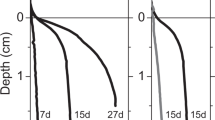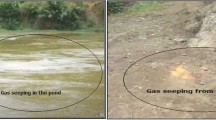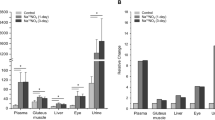Abstract
FOR the demonstration of the Golgi material in animal cells by the formalin silver nitrate method, Cajal's uranium nitrate1, Da Fano's cobalt nitrate2,3 and Aoyama's cadmium chloride4 techniques are employed. As a result of careful experiments, I have found that the following new fixative gives very good results: cupric chloride (1 per cent in distilled water), 85 c.c.; neutral formol, 15 c.c.
This is a preview of subscription content, access via your institution
Access options
Subscribe to this journal
Receive 51 print issues and online access
$199.00 per year
only $3.90 per issue
Buy this article
- Purchase on SpringerLink
- Instant access to full article PDF
Prices may be subject to local taxes which are calculated during checkout
Similar content being viewed by others
References
Cajal, R. Y., Trab. Lab. Invest. Biol. Madrid, 12, 127 (1914).
Da Fano, C., J. Roy. Mik. Soc., 40, 157 (1920).
Da Fano, C., J. Physiol., 54, 113 (1920).
Aoyama, F., Z. Wiss. Mikr., 46, 489 (1929).
Gatenby, J. B., and Beams, H. W., “The Microtomists' Vademecum” (Bolles-Lee) (11th edit., 1950), Chapter 32, see p. 413.
Author information
Authors and Affiliations
Rights and permissions
About this article
Cite this article
SRIVASTAVA, D. A New Method for the Demonstration of the Golgi Material. Nature 169, 549–550 (1952). https://doi.org/10.1038/169549b0
Issue date:
DOI: https://doi.org/10.1038/169549b0



